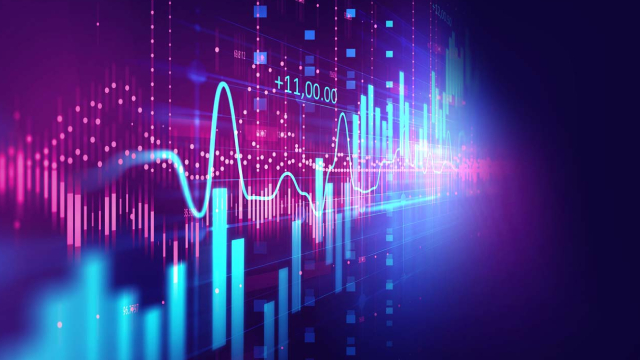Beyond Gold and Silver: The Allure of Platinum in ETFs
When it comes to precious metals Exchange-Traded Funds (ETFs), many investors are drawn to gold and silver. These metals have long been considered safe-haven assets, providing protection during economic uncertainty and market volatility. However, there’s another precious metal that’s worth a second look: platinum.
Why Platinum Stands Out
Unlike many commodity ETFs, the Platinum Trust (PPLT) holds physical platinum bullion in London vaults. This eliminates the risks associated with futures contracts, making it an attractive choice for those seeking a more direct investment in the metal.
Industrial Uses and Investment Value
Platinum is not just a precious metal; it has significant industrial uses. Approximately 30% of the world’s platinum production is used in catalytic converters to reduce harmful emissions from vehicles. Additionally, platinum is used in jewelry and in various industrial applications, such as electrical contacts and spark plugs.
Platinum’s Performance: Gold and Silver’s Shadow
Platinum’s correlation with gold and silver is well-documented. Historically, platinum has shown a strong correlation with these metals, often moving in tandem with them. However, in recent years, platinum has lagged behind gold and silver’s performance. This could indicate potential for significant catch-up gains as the precious metal prices realign.
Personal Impact: Diversifying Your Precious Metals Portfolio
- Consider adding platinum to your precious metals portfolio to diversify your holdings and potentially benefit from price realignment.
- Research the specific ETF or investment vehicle you’re considering, such as the Platinum Trust (PPLT), to ensure it aligns with your investment goals and risk tolerance.
- Keep in mind that investing in precious metals carries inherent risks and should be part of a well-diversified investment strategy.
Global Implications: Platinum’s Role in Industries and Economies
The impact of platinum’s performance extends beyond individual investors. Industries and economies that rely on platinum for production and manufacturing could be affected by price fluctuations. For instance, the automotive industry, which heavily relies on platinum for catalytic converters, could see increased costs if platinum prices rise significantly.
Conclusion: The Bright Future of Platinum
Platinum’s unique combination of industrial uses and potential as an investment asset sets it apart from purely monetary precious metals like gold and silver. While its recent performance has lagged behind these metals, the potential for catch-up gains is an intriguing prospect for investors. As always, it’s essential to conduct thorough research and consider your investment goals and risk tolerance before making any investment decisions.





